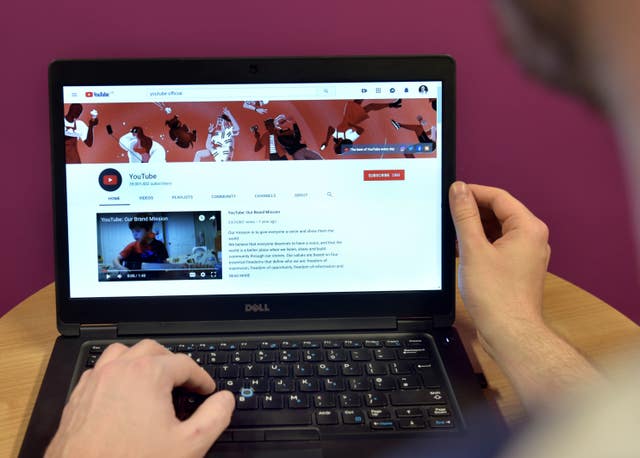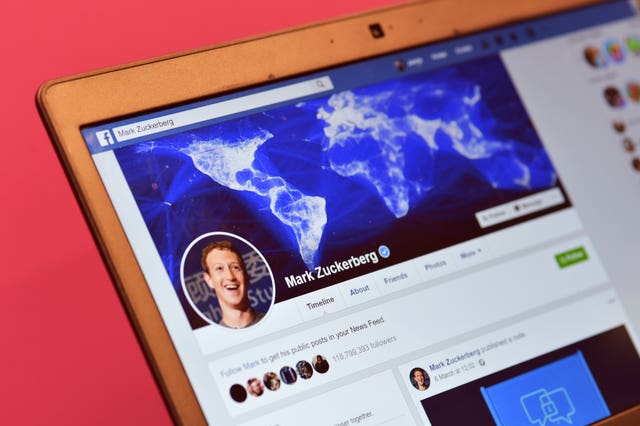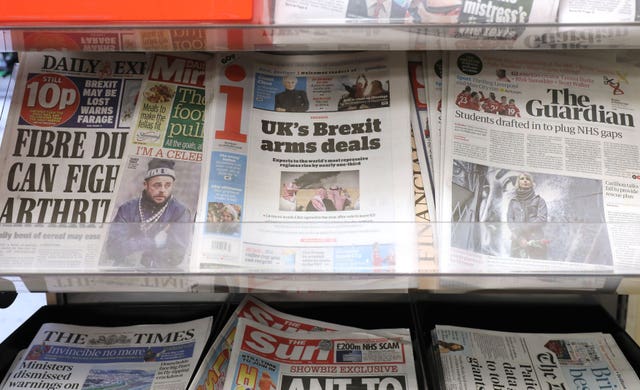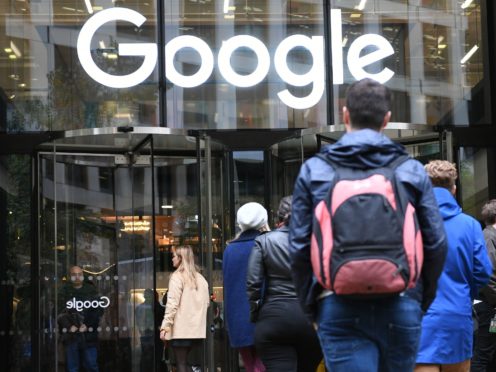The way copyright works online across the EU is to change after the European Parliament approved reforms designed to reflect the digital age.
Supporters and opponents across the political, celebrity and public spectrum have been undecided about the best way to protect the work of creatives, musicians and journalists online in the face of heightened competition with tech giants.
After years of debates and amendments, MEPs voted in favour of the controversial reforms. But what do they mean for the internet?
– Will I still be able to upload content online?

People will still be able to upload content, though users might see tech giants such as YouTube and Facebook increasing the amount they remove if materials contain any copyrighted work.
Tech companies already remove music and videos that are copyrighted – for example, YouTube scans uploads and matches them up to a database of files submitted by content owners, giving the original creator of that work the option to block, monetise or simply track it.
Under Article 11 and Article 13 of the reforms, tech companies will be more liable for any copyrighted content uploaded on to their platforms, while creators will have more power to negotiate better remuneration deals for the use of their works.
– Why are the tech giants against the move?

The companies affected by the changes argue the reforms are unrealistic and existing systems already pay artists fairly.
YouTube in particular has warned EU-based users could be cut off entirely from videos.
– Why are other people against the reforms?
Not only have the tech giants themselves come out against the copyright changes, members of the public and politicians are concerned it could have an impact on freedom of speech and expression.
– What does it mean for news online?

Article 11 relates more specifically to the sharing of news articles.
With news shared widely on social network platforms, it is increasingly difficult for news organisations to continue funding quality journalism.
“The inclusion of news agencies in the text of the directive can also be interpreted as a recognition of the quality of our work and of the importance that news agency journalism has, especially for safeguarding European media as a whole, as European news agencies are the main providers of quality news to most of the other media organisations in Europe,” said Alexandru Giboi, secretary-general of the EANA (European Alliance of News Agencies).
The likes of Google News and Facebook will still be able show snippets of news articles.
Non-commercial encyclopaedias like Wikipedia have also been made exempt.
– Will I still be able to share memes and GIFs?
Memes and GIFs were feared as a possible victim of the new copyright rules, given they largely depend on scenes from television and movies, but tweaks made earlier this year specifically made memes and GIFs safe “for purposes of quotation, criticism, review, caricature, parody and pastiche”.
– When will it come into force?
EU member states will have two years to implement the new rules.
– Will it come into force in the UK?
The UK will essentially be able to decide if it wants to implement the new rules as well but it’s not clear what it will choose to do in face of Brexit uncertainty.
“Whether the UK leaves Europe with or without a deal, it’s hard to see that it would not follow Europe’s lead on this, whatever the respective outcomes of the EU vote tomorrow and Brexit,” said Raffaella De Santis, associate at law firm Harbottle & Lewis.
